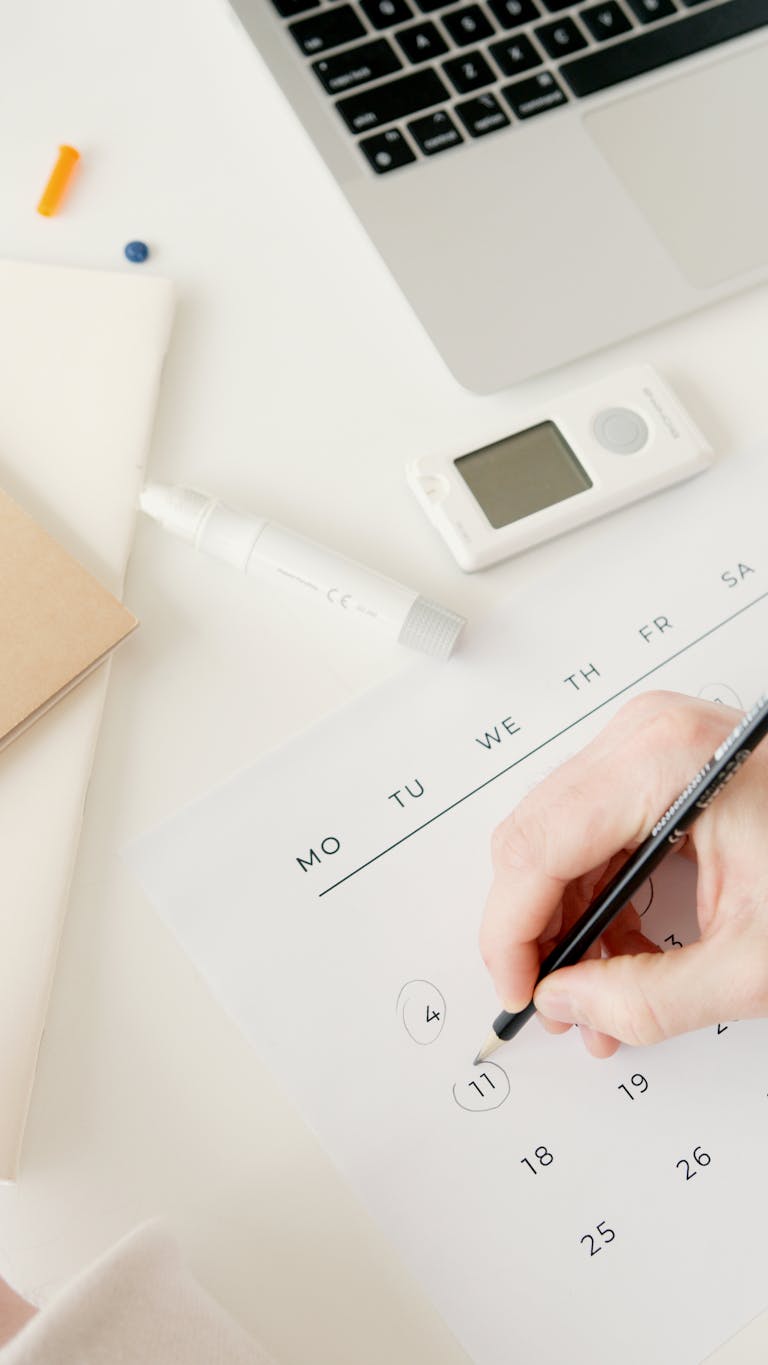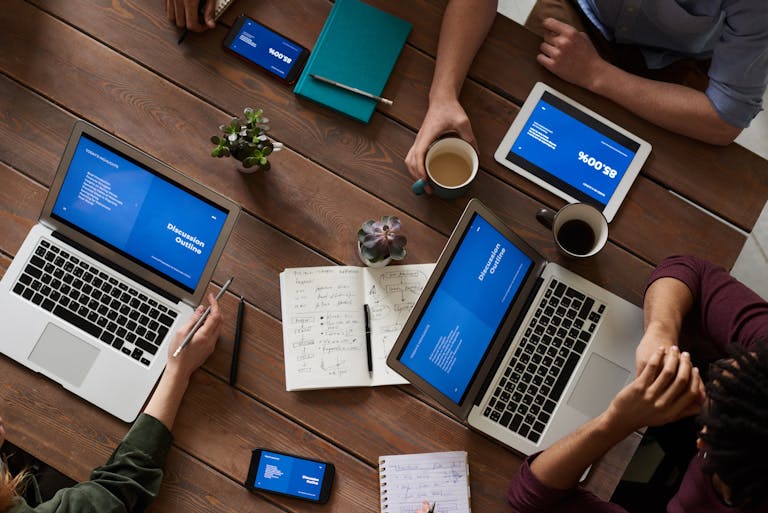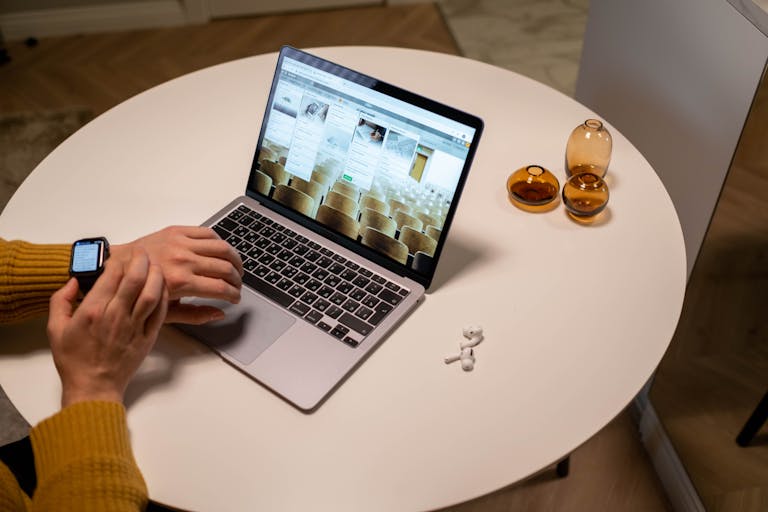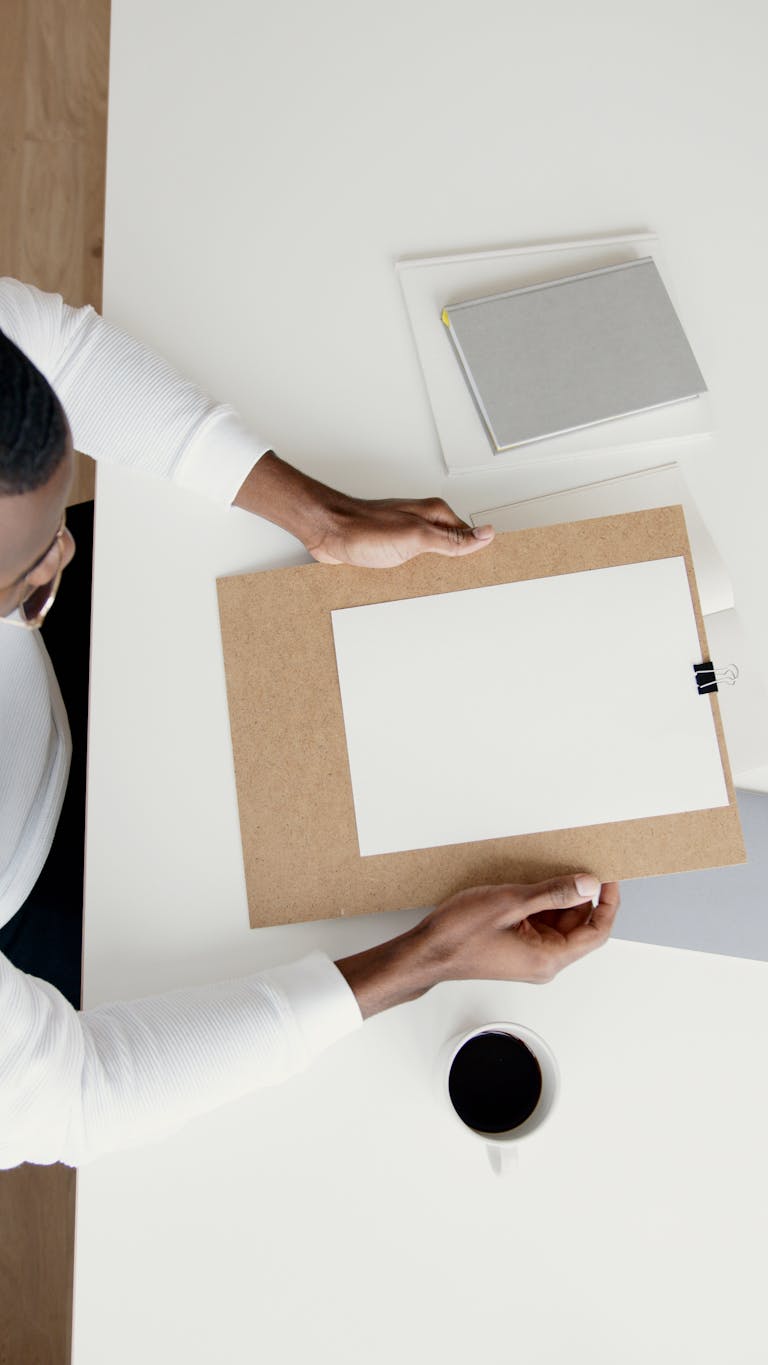In today’s digital age, distractions are just a click away. Whether it’s social media notifications, constant emails, or the temptation to check your phone, staying focused can feel like an impossible task. Digital distractions not only waste time but can also hinder productivity and creativity. The good news is, managing these distractions is possible with the right strategies in place. In this article, we’ll explore practical tips to help you regain control over your time and boost your focus.

1. Understanding the Impact of Digital Distractions
Digital distractions are everywhere. From the constant ping of your smartphone to the lure of browsing the web, it can be difficult to remain focused on important tasks. According to studies, it can take up to 23 minutes to regain focus after being interrupted by a digital distraction. This means that frequent distractions can significantly reduce your productivity throughout the day.
Moreover, the constant engagement with digital devices can lead to decision fatigue, burnout, and even anxiety. Managing these distractions is critical not only for improving productivity but also for maintaining mental well-being.
2. Set Clear Boundaries with Technology
One of the most effective ways to manage digital distractions is by setting clear boundaries with technology. Here’s how you can start:
2.1 Establish Tech-Free Zones
Designate certain areas of your home or workspace as tech-free zones. For example, consider leaving your phone in another room while you work or setting up a “no-tech” rule during meals and social time. By physically separating yourself from your devices, you can reduce the temptation to check them and stay focused on the task at hand.
2.2 Use Focused Time Blocks
Time blocking is a technique where you set aside dedicated periods of time for specific tasks. During these blocks, avoid using your phone or browsing the internet. You can use tools like Pomodoro timers or Focus@Will to help structure your time and keep you focused. Setting boundaries for when and where you use digital devices can make a huge difference in reducing distractions.
3. Turn Off Notifications
Notifications are one of the biggest sources of digital distraction. Whether it’s an email, a text, or a social media alert, these notifications constantly pull your attention away from your work. Consider turning off notifications for apps that are not essential to your current task.
Many devices and apps allow you to customize notification settings, so you can choose which notifications are truly important. By disabling unnecessary alerts, you’ll be able to concentrate better and avoid the temptation to check your phone or computer every few minutes.
4. Organize Your Digital Environment
A cluttered digital environment can lead to distractions and overwhelm. Organizing your devices and digital tools can help you stay focused and reduce the mental load caused by unnecessary information. Here’s how:
4.1 Clean Up Your Desktop
If your desktop is filled with icons and open windows, it can be difficult to find what you need quickly. Take some time to declutter your digital workspace by organizing files into folders, closing unused windows, and eliminating distractions. A tidy desktop can help create a clearer mind and make it easier to focus on the task at hand.
4.2 Limit the Number of Apps and Tabs
Another way to minimize distractions is by limiting the number of apps and browser tabs you have open. Research suggests that having too many open tabs can increase cognitive overload, making it harder to focus. Keep only the essential apps or websites open, and close others that are unrelated to your current task.
5. Practice Mindfulness and Self-Awareness
Mindfulness is the practice of staying present in the moment and being aware of your thoughts and actions. When it comes to digital distractions, mindfulness can help you recognize when you’re getting pulled away from your work and refocus your attention. Here are a few techniques you can use:
5.1 Take Regular Breaks
To prevent mental fatigue and the urge to check your phone, take regular breaks throughout the day. Try the Pomodoro Technique, which involves working for 25 minutes and then taking a 5-minute break. This helps maintain focus and allows you to recharge without feeling overwhelmed by digital distractions.
5.2 Practice Deep Breathing
Deep breathing exercises can help calm your mind and refocus your energy. When you feel distracted, take a few moments to close your eyes, breathe deeply, and clear your mind. This simple practice can reduce stress and help you regain focus.
6. Use Digital Detoxes
Occasionally disconnecting from technology, known as a digital detox, can be a powerful way to reset your focus and recharge your mental energy. Try designating a day each week or month where you refrain from using your devices, especially social media and non-work-related apps. This break will allow you to reset your mental state and return to your tasks feeling refreshed and more focused.
7. Leverage Technology to Your Advantage
While technology can be a source of distraction, it can also be a tool for enhancing productivity. There are several apps and features designed to help you manage your digital distractions:
- Forest: An app that encourages you to stay off your phone by growing a virtual tree while you focus.
- Freedom: A tool that blocks distracting websites and apps for a set period.
- Focus Booster: A Pomodoro timer that helps you stay focused during work sessions.
- RescueTime: An app that tracks your digital activity and provides insights into where your time is going.
By using these tools, you can minimize distractions and stay on task, while still benefiting from the convenience of technology.
8. Cultivate a Balanced Digital Life
Ultimately, managing digital distractions is about creating a balanced relationship with technology. While it’s essential to stay connected, it’s equally important to make time for offline activities that nurture your well-being. Engage in hobbies, physical activity, or spend quality time with loved ones to recharge your mind and prevent burnout.
Q: How can I focus better while working from home?
A: To improve focus while working from home, establish a dedicated workspace, limit digital distractions by turning off notifications, and create a schedule with specific time blocks for tasks. Regular breaks and mindfulness practices can also help maintain focus throughout the day.
Q: What is a digital detox, and how can it help my productivity?
A: A digital detox is a period of time when you disconnect from digital devices. This can help reduce stress, improve focus, and boost productivity by giving your mind a chance to reset and recharge.
Take Control of Your Digital Life Today!
Start implementing these strategies to manage digital distractions and improve your focus. By creating a clear boundary between work and personal life, organizing your digital tools, and using technology to your advantage, you can stay productive and maintain balance in the digital age.

I’m EKBAL HOSSAIN MONDAL, the creator of SmartSolveTips.com — a blog dedicated to helping people improve productivity, avoid digital burnout, and live better online. With years of hands-on experience in self-development and digital wellness, I write practical tips and tools to help you stay focused and thrive in a fast-paced digital world.






